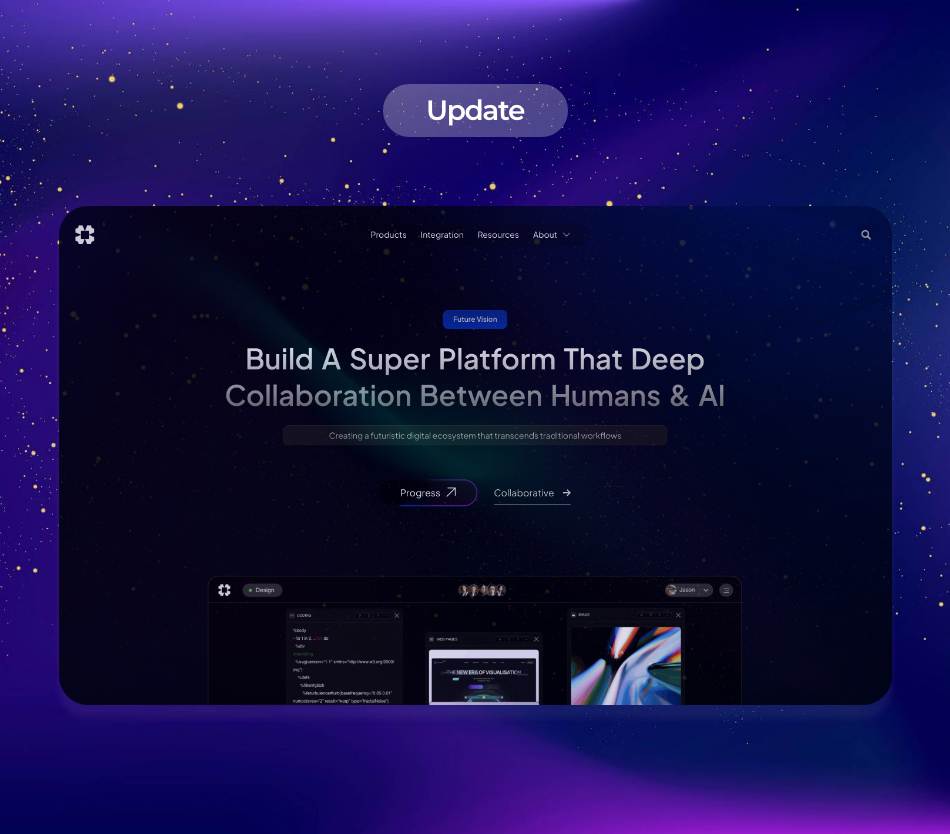In an ever-evolving technological landscape, organizations are increasingly adopting advanced methodologies to enhance efficiency and decision-making. One of the most promising advancements in this regard is the integration of Predictive Task Scheduling within Distributed Ledger Automated Intelligent Operating Systems (AIOS). By leveraging Machine Learning Models, these systems not only optimize operational workflows but also enhance security and data integrity. This article delves into recent trends and developments, technical insights, and industry applications of Predictive Task Scheduling in the context of Distributed Ledger AIOS.
.
**The Rise of Distributed Ledger Technology**
Distributed Ledger Technology (DLT) is revolutionizing transaction systems across various sectors, from finance to supply chain management. Unlike traditional databases, DLT offers decentralized control, enhancing security while drastically reducing the risk of data tampering. In the context of AIOS, DLT facilitates a robust framework for managing tasks across various nodes, ensuring that all data is verified and securely logged.
.
In recent months, the integration of predictive analytics within DLT ecosystems has gained traction. This approach harnesses historical data and real-time inputs to forecast future outcomes, thereby allowing organizations to schedule and allocate tasks more effectively. By employing predictive task scheduling, AIOS can balance workloads, reduce system downtime, and enhance overall performance.
.
**Understanding Predictive Task Scheduling**
Predictive Task Scheduling utilizes complex algorithms and Machine Learning Models to analyze data patterns, identify potential bottlenecks, and optimize resource allocation. This proactive approach differs from traditional scheduling systems, where tasks are assigned based on static rules or historical averages. Instead, predictive scheduling implements dynamic adjustments based on predictive analytics and real-time data inputs.
.
One key advantage of predictive task scheduling is its ability to mitigate risks associated with unexpected shifts in workload or system activity. By anticipating these changes, organizations can ensure smoother operations and minimize disruptions. This is particularly beneficial in distributed systems, where resource availability and task execution depend on numerous variables, including network latency, processing power, and user demand.
.
**Machine Learning Models in AIOS**
At the heart of predictive task scheduling are various Machine Learning Models tailored for AIOS applications. These models are trained to analyze large datasets, learning from historical patterns to make informed predictions about future task requirements.
.
Several Machine Learning techniques are particularly suited for Predictive Task Scheduling, including:
1. **Regression Models**: These models forecast numeric outcomes by analyzing relationships between variables. In DLT, regression analysis could predict task completion times based on historical performance data.
1. **Decision Trees**: This method breaks down decision-making into a tree-like structure, where outcomes are determined based on a series of decisions. It can be utilized to categorize tasks and determine the optimal scheduling.
1. **Neural Networks**: These models mimic the human brain’s connectivity, making them adept at recognizing complex patterns. They can be particularly beneficial in environments with high-dimensional data, where correlations may not be immediately evident.
1. **Reinforcement Learning**: This approach trains models on the basis of rewards and punishments, allowing them to learn optimal behaviors over time. In AIOS, reinforcement learning could be employed to dynamically adjust priorities based on real-time system performance.
.
**Technical Insights and Trends**
As industries increasingly embrace predictive task scheduling using Machine Learning in Distributed Ledger AIOS, several trends are emerging that shape the landscape:
1. **Increased Transparency and Trust**: The decentralized nature of DLT inherently enhances data integrity and transparency. When combined with predictive scheduling, organizations can trust the outcomes of their task allocations, knowing they are based on analyzed data rather than arbitrary rules.
1. **Interoperability**: With various platforms adopting DLT, the need for inter-communication has become crucial. Advanced AIOS solutions are being developed to ensure that different DLTs can communicate seamlessly, fostering collaboration across industries.
1. **Edge Computing**: The implementation of predictive task scheduling in conjunction with edge computing is on the rise. By processing data closer to its source, organizations can achieve faster decision-making and reduce latency, optimizing the overall performance of the AIOS.
1. **Real-Time Data Integration**: The demand for real-time analytics has prompted many organizations to develop sophisticated systems capable of processing live data feeds for predictive scheduling. This ensures that organizations can respond promptly to changes in their operational landscape.
.
**Industry Use Cases**
The applications of predictive task scheduling within Distributed Ledger AIOS span numerous industries. Here are several notable examples:
1. **Supply Chain Management**: Organizations in the supply chain sector utilize predictive scheduling to streamline logistics. By analyzing factors such as traffic patterns, weather forecasts, and order history, AIOS can forecast delays and allocate tasks accordingly, ensuring timely deliveries.
1. **Healthcare**: In healthcare, centralized patient record management powered by DLT enables hospitals to predict surgical schedules and patient flow based on historical data. By employing predictive task scheduling, healthcare providers can optimize resource utilization, improving patient outcomes and operational efficiency.
1. **Finance**: The financial industry traditionally relies on high-frequency trading algorithms that can benefit from predictive task scheduling. By using Machine Learning Models, firms can predict market trends and adjust trading strategies in real-time, optimizing transaction execution.
1. **Energy**: In the energy sector, predictive task scheduling can help manage the allocation of resources in microgrid environments. By analyzing consumption patterns and generating forecasts, AIOS can distribute energy more efficiently and predict maintenance needs, thus minimizing downtime.
.
**Challenges and Considerations**
Despite the many advantages of predictive task scheduling in Distributed Ledger AIOS, several challenges remain. For one, implementing predictive analytics requires significant data management and quality assurance processes to ensure the data used is reliable and relevant.
.
Moreover, organizations must navigate interoperability challenges between different DLT platforms and AIOS. As systems evolve, there may be a lack of standardized protocols, making it difficult to ensure data consistency across various systems.
.
Finally, ethical considerations related to privacy and data security must be addressed. Organizations need to ensure that sensitive information is protected while harnessing the power of predictive analytics.
.
**Conclusion**
Predictive Task Scheduling leveraging Distributed Ledger AIOS and Machine Learning Models represents a transformative force in optimizing operations across various sectors. By embracing predictive analytics, organizations can enhance decision-making, improve operational efficiency, and increase transparency. While challenges remain, continued advancements in technology and methodologies are poised to further integrate predictive scheduling into AIOS, redefining industry standards. As these systems evolve, they are likely to pave the way for smarter, more agile organizations better equipped to thrive in an increasingly complex digital world.
.
**Sources**
1. Tapscott, D., & Tapscott, A. (2016). Blockchain Revolution: How the Technology Behind Bitcoin Is Changing Money, Business, and the World. Penguin.
2. Nakamoto, S. (2008). Bitcoin: A Peer-to-Peer Electronic Cash System. bitcoin.org.
3. Neumann, P. G. (2018). Predictive Analytics for Dummies. Wiley.
4. Varian, H. R. (2020). A Perspective on Big Data and its Impact on the Economy. American Economic Association.




























